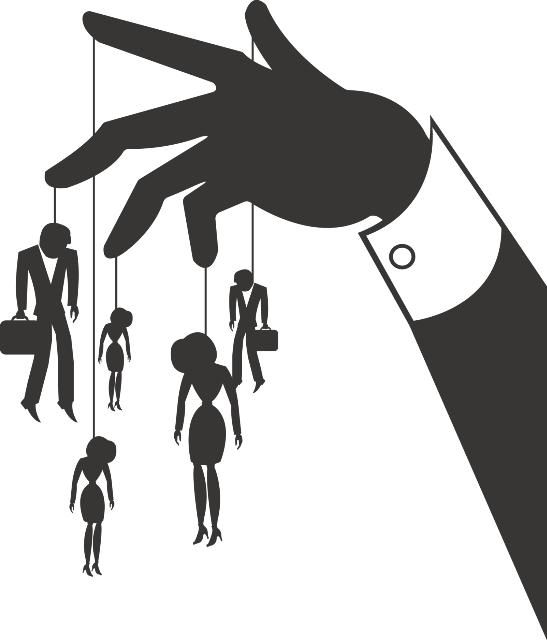
Credit: artvitdiz/iStock/Thinkstock.com
Introduction
Are you providing the right motivational environment? Most believe that motivation comes from within, so it is the manager's responsibility to create a positive motivational climate within the workgroup. Assessing how well the manager is accomplishing this can be gleaned from research by Spitzer (1995). His research indicates that 70% of employees (associates) are less motivated today than they used to be; 80% could perform significantly better if they wanted to do so; and 50% only put in enough effort to keep their job.
So if associates admit that they could be more motivated, what is the problem? Is it the manager? Managers may not directly motivate their associates, but they are directly responsible for the motivational environment of the workplace. Managers and frontline supervisors, in many ways, are the heart of a business because they are the key components to creating positive, neutral, or negative work environments.
So how does one ensure a positive work environment? This paper provides examples of how managers de-motivate associates by providing inadequate recognition and gives a few tips to support associate recognition.
Inadequate Recognition
Providing constructive criticism and praise should be a constant and ongoing process for managers. The worst thing a manager can do is to give half-hearted recognition to associates, which defeats the purpose of recognition in the first place. How is recognition viewed as a de motivator? The following examples show how managers can inadvertently de motivate associates while attempting to motivate them (Vikesland 2001):
Recognize the associate's length of employment instead of his or her successes
Give the associate a "pat on the back" instead of more job responsibilities
Recognize only the associate's attendance while ignoring his or her team-player attitude
Reward only individuals instead of everyone on the team
Compliment the associate for work done over the past year instead of showing immediate appreciation after each task is completed
• Praise the associate only for special tasks instead of daily
Improving Associate Recognition
A positive motivational environment can be created by using techniques of management theory to improve associate recognition.
1. Provide Immediate Recognition
Recognize and praise the associate as soon as the task is completed; immediate praise is always a must. Associates may feel unappreciated if they are not recognized in a timely manner, so make sure that associates always receive immediate recognition for good work.
2. Recognize Small Improvements
Even though a manager may view an associate's improvement as a small accomplishment, the associate might view the same improvement as a large accomplishment that required considerable effort. All accomplishments, no matter how large or how small, should not go without some form of positive recognition.
3. Provide Incentives
Always provide some form of incentive to motivate and reward associate improvement. Recognition does not always come in monetary form. There are many non-monetary incentives to show associates they are appreciated and respected for their contributions.
4. Recognize What Is Important to Associates
All associates have issues and interests outside the workplace that can be identified by managers that genuinely engage with associates. Associates should feel that their managers care about them as valuable human beings, not just "work horses." Saxby (2002) recommends that managers make sure that recognition is on a personal level and not just a "go-through-the-motion ceremony."
Conclusions
Managers should make sure associates feel appreciated and respected by using appropriate recognition and motivational techniques. By focusing on motivational efforts that recognize employee contributions and minimizing efforts that are inadequate for these efforts, managers show associates that they are valuable assets to the company and worthy of praise.
To provide a positive motivational environment that will maximize associate motivation, remember to praise all improvements often and sincerely and find out what is important to your associates. The organization's reward should be more productive associates focused on long-term organizational goals.
References
Hersey, P. and K. Blanchard 1982. Management of organizational behavior: Utilizing human resources. 4th ed. Prentice-Hall, Inc. Englewood Cliffs, NJ.
Saxby, D. 2002. Employee recognition can make a difference. http://www.measure-x.com/recognition/recognition.html. Last accessed July 2015.
Schaeffer, S.D. 1977. The motivation process. Winthrop Publishers, Inc. Cambridge, MA.
Spitzer, D. 1995. Super Motivation. New York, NY: AMACOM Books
Vikesland, G. 2001. Just-in-time employee motivation. http://hrcenter.blogspot.com/2007/08/just-in-time-employee-motivation.html.